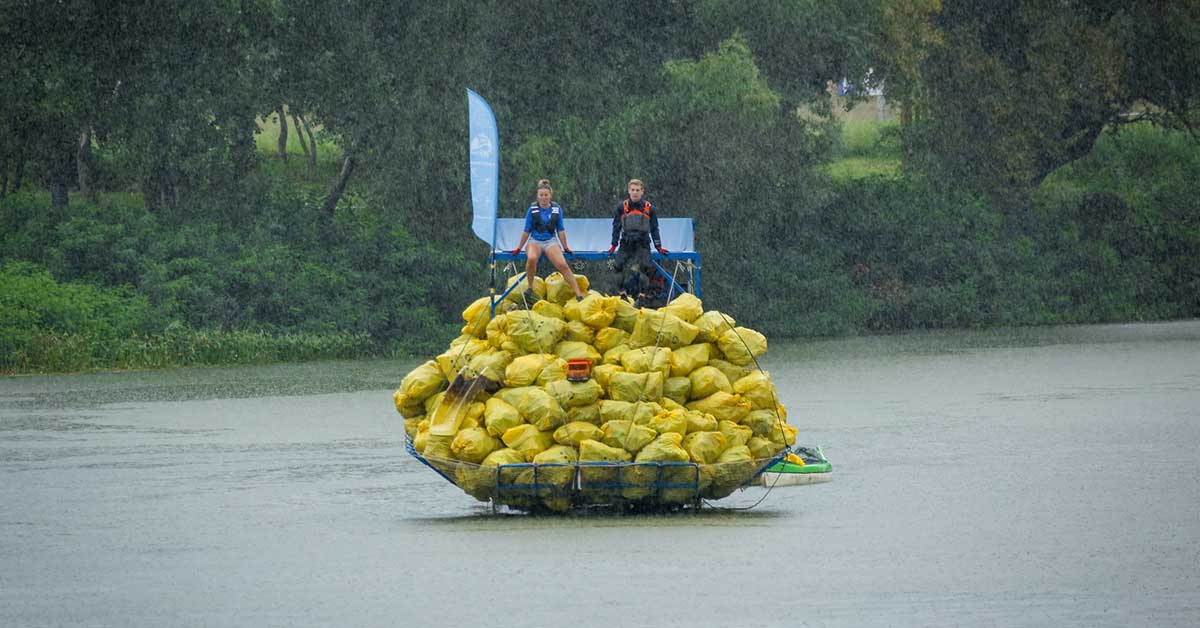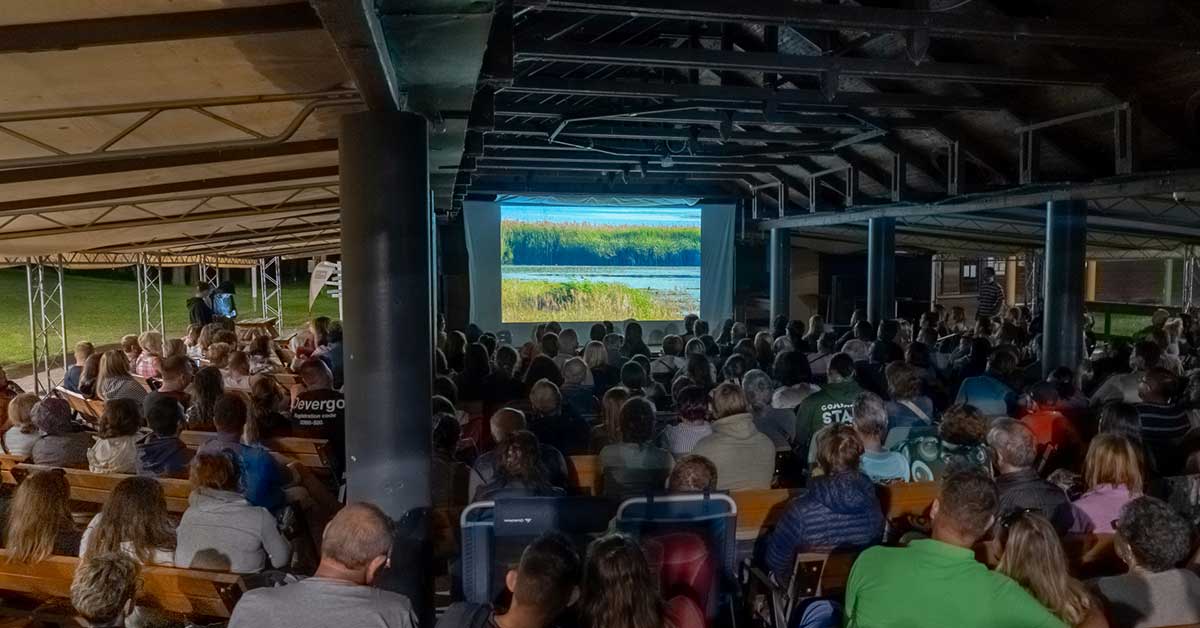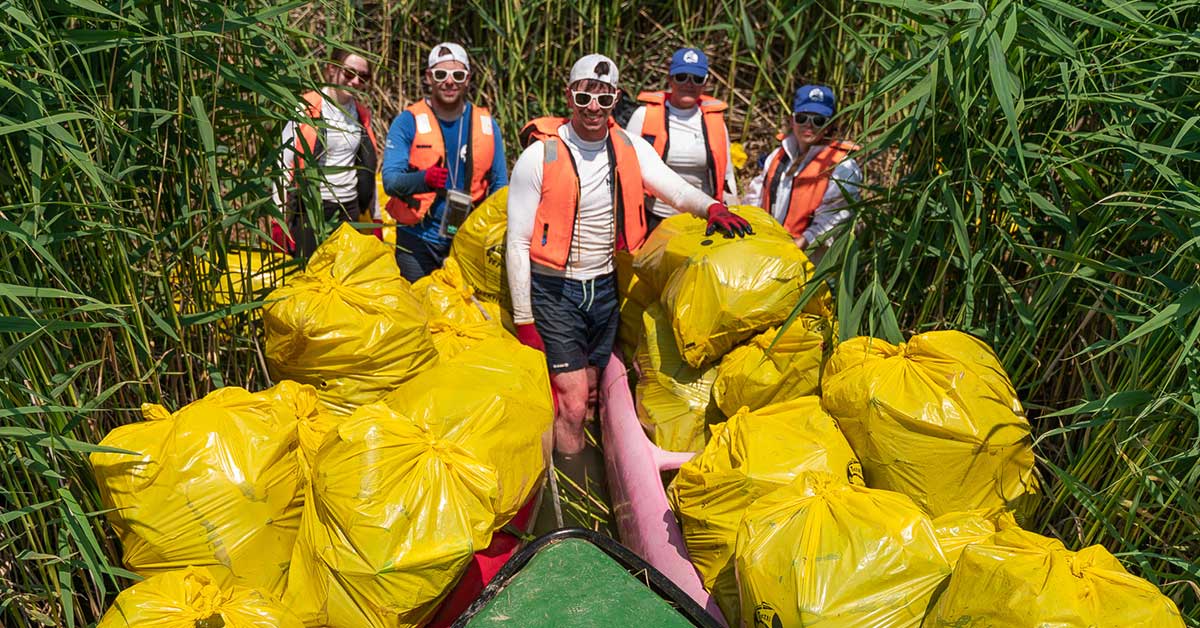Once one of the longest rivers in Central and Eastern Europe, Tisza is still a major international waterway. With its source being in the Eastern Carpathians in Ukraine it enters the European Union as it follows the country’s borders with Romania and Hungary, then, after becoming the border between Slovakia and Hungary, it turns south.

It finally reaches Serbia after flowing through the Hungarian city of Szeged and it joins the Danube in Vojvodina.
Having a truly winding riverbed, Tisza is now 966 km long but before it was ‘regulated’ in the middle of the 19th century, its course had much more meanders – making the river’s length a whopping 1419 km. Before cutting the curves, the flora and fauna of the floodplain thrived. Humans, on the other hand, had a difficult time to build settlements around and navigate on the river. Changing the course, however, took a toll: for example, the lack of floods in a 60-70 km wide around the Hortobágy region (Hungary) has changed land from a forest to a steppe.
Before cutting the curves, the flora and fauna of the floodplain thrived. Humans, on the other hand, had a difficult time to build settlements around and navigate on the river. Changing the course, however, took a toll: for example, the lack of floods in a 60-70 km wide around the Hortobágy region (Hungary) has changed to land from a forest to a steppe.

The towns and cities all benefit from Tisza: in some its water is the foundation of industrial activities, in others it helps farming, while in many its plain beauty attracts tourists.
A classic example of the river’s cultural and agricultural touch on seemingly distant industries, such as winery and tourism are the Tokaj Wine Region, a Historic Cultural Landscape of Hungary and Slovakia, UNESCO’s World Heritage Site. It takes a 2-5-hr drive from the nearest international airport, but the fine wines and the dazzling environment never ceases to charm visitors.

As most of the Earth’s ecosystems, Tisza is also a very sensitive one and even the slightest local change has an enormous impact on the whole river – and even further down after Tisza joins the Danube. Gathering water from five different countries (and everything that comes with it) its water quality affects as distant waters as the Black Sea.
Browsing our articles will hopefully make you realise how vulnerable Tisza is. Our goal, however, is not only to show the dangers and effects of pollution; we’d like to protect it with your help: your thoughts, your ideas, your actions.



One Response
Tres beau